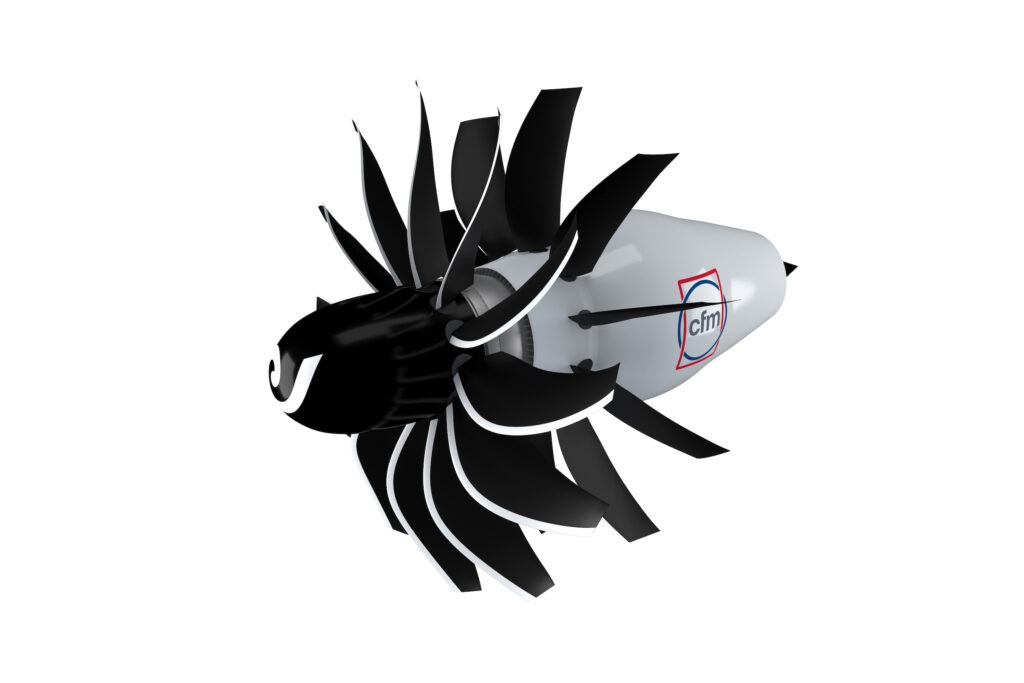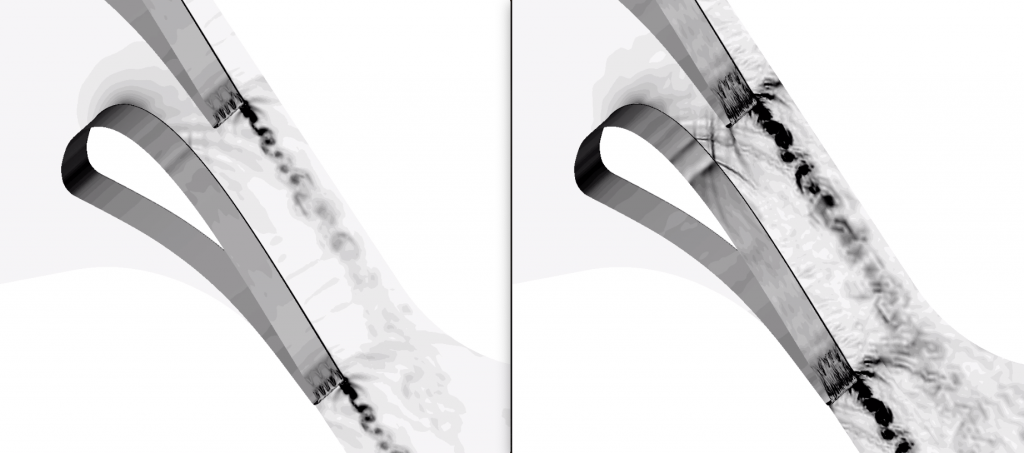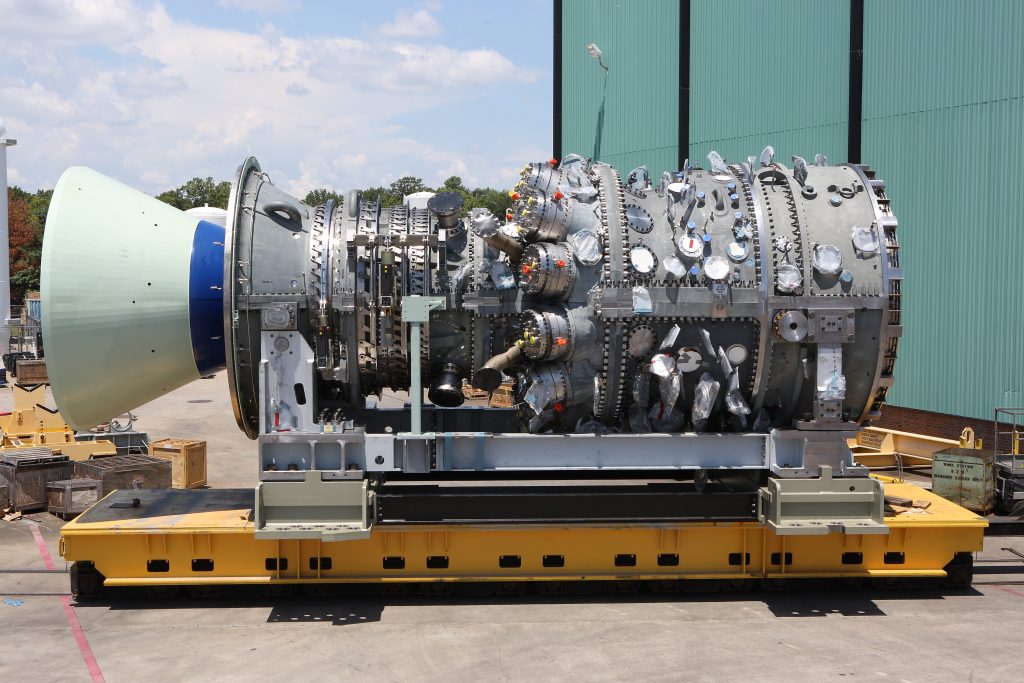
GE Aerospace is first business to use the U.S. Department of Energy Oak Ridge National Laboratory’s Frontier supercomputer, the world’s fastest supercomputer Frontier can process billions upon billions of operations per second GE-developed models being used to study performance of open fan engine architecture for next-generation commercial aircraft engines These…
Katie BetheaJune 17, 2023











